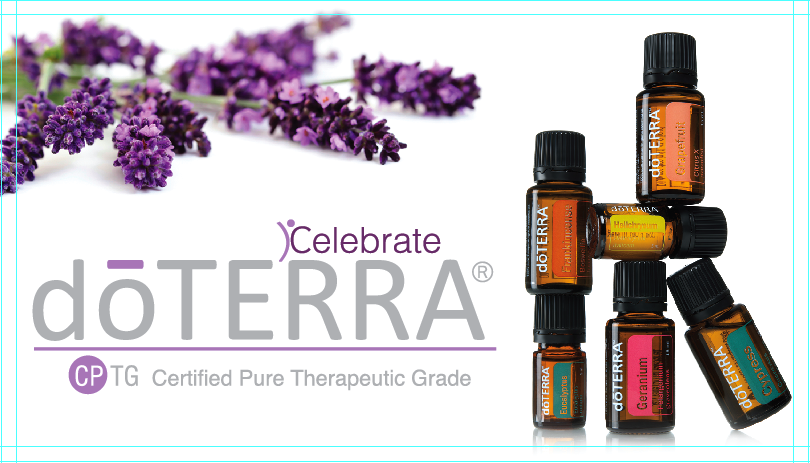Bathing a newborn is a valuable experience for both parents. This experience can bring you closer to the baby. However, newborns are still very vulnerable and sensitive. So, it’s only natural if you feel nervous if you have to bathe your baby. Especially if this is the first time you have to bathe a newborn baby. No need to worry; by following this guide, bathing your baby will be a beautiful and anticipated moment.
Newborns actually don’t need to take a shower too often. What is essential as long as you change your baby’s diaper, you also cleanse his body. If you take a shower too often, your baby’s skin can dry out. Usually bathing a newborn three to four times a week or once every day is enough.
However, you can adjust yourself to the condition of the baby. Because Indonesia is a tropical country where the temperature is quite high and moist, you might want to bathe your baby every day. There are also parents who wash the newborn twice a day.
Preparing the Equipment
You should know how to prepare all of the required baby toiletries before you bathe your little one. Here are the steps:
- Prepare a flat and safe surface such as beds or tables for changing baby clothes
- Towels and dressing pads
- Dipper to drain water
- Water to bathe the baby. Make sure that the water is not too hot
- A washcloth to wipe the baby’s body
- The use of soap is not recommended when bathing a baby. If needed, use a baby skin cleansing product with a soap-free label, and it is written as light as a substitute for ordinary soap to avoid dry skin. Also, avoid products with fragrances and antibiotics because they can irritate the skin.
- Clean clothes and diapers.
- Make sure the baby is bathed in a warm room. Prepare all toiletries in a place that is easily reached by the hands around the baby bathtub.
Steps to Bathing the Baby
The following are steps in how to bathe a baby in general:
- Fill the tub with warm water about 7 cm high, with a temperature of around 32 degrees Celsius.
- Lay the baby on a change pad or towel, open the baby’s clothes slowly.
- Use one hand and arm to support the baby’s head and body. Then the other hand to support the lower body and place it in the water, starting with the feet.
- Start by cleaning the eyelids with cotton buds or soft cotton cloth dipped in warm water. Use a different cloth for the other eye. Continue to clean the baby’s nose, ears, and face.
- Make sure that one hand supports the baby’s back and head firmly when your other hand is cleaning other parts of the body. Keep the baby’s head position above the water level.
- If using soap, pour a little, so the baby’s skin does not dry out.
- Give more attention to the armpit, back of the ear, neck and genital area while bathing your baby.
- Wash the baby’s head and entire body with a dipper, then wipe it with a clean washcloth.
- Lift the baby slowly. Immediately place the baby on a dressing mat or need a towel that has been covered. Dry each part of the body slowly.
This is a good time to massage the baby while singing a song or invite him to talk to make the baby more relaxed. Need lotion and oil after bathing? It is recommended to avoid using oil or moisturizer until the baby is at least one month old. In addition, clean water without any mixture is the best for bathing your baby. So, avoid adding anything to the bath liquid. No less critical, avoid leaving the baby alone even though for a moment when bathed or changing clothes.
When is the Best Time to Bathe a Newborn?
Avoid bathing the baby after drinking milk. Bathing after the stomach is filled can make your baby feel uncomfortable. In addition, if he feels his stomach is depressed, your baby can vomit. We recommend that you choose your own free time. That way, you can focus on the baby and not be in a hurry.
You can bathe your baby in the morning when your baby’s mood is good, and he is not so sleepy. Bathing your baby in the afternoon doesn’t matter either. The important thing is that you keep him from getting cold.


